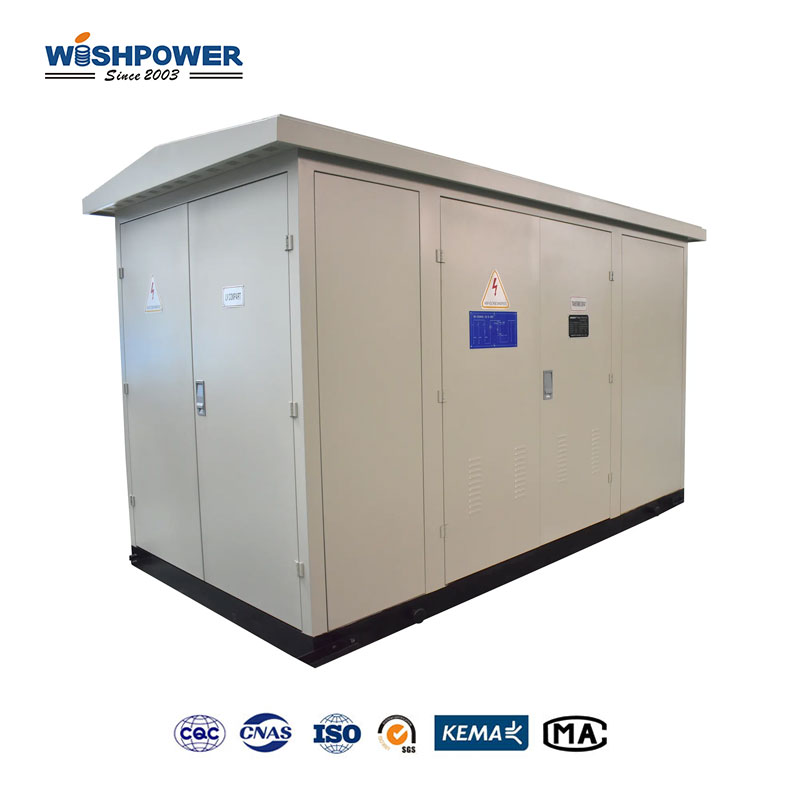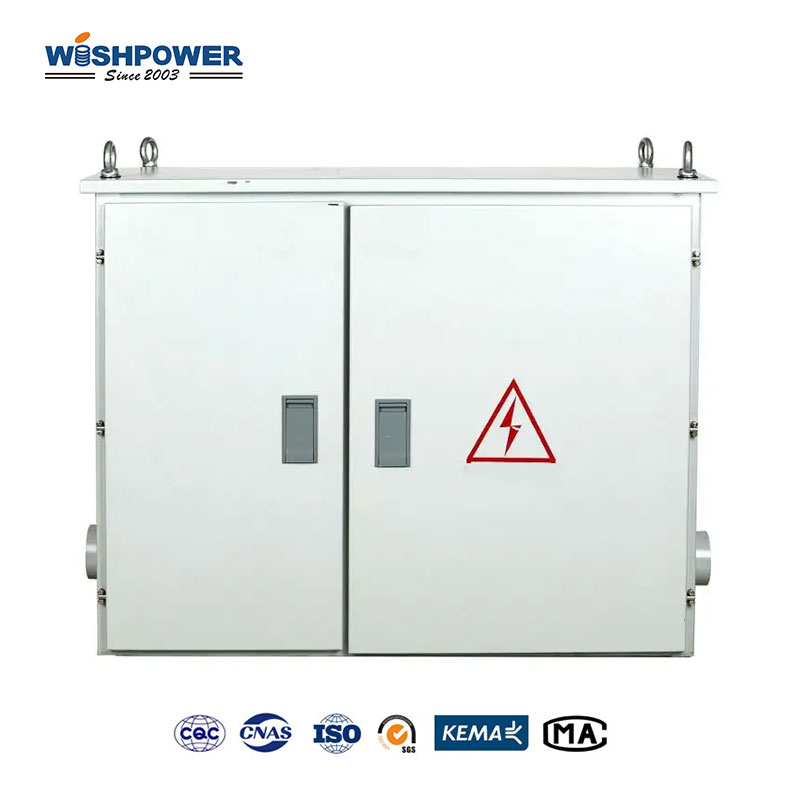Compensators have great significance to stability, efficiency, and quality in the power distribution field. These devices are especially devices which capable of controlling voltage levels, reactive power, and impedance which can able to an excellent performance of a power system. Compensators are used widely by industries and are important in ensuring a smooth, reliable power supply and in minimizing fluctuations that can cause problems in performance and safety.

What is a compensator?
A compensator is an electrical device that provides balance and regulation of power parameters in a distribution network. Such devices are generally used to make up for reactive power, control voltage levels, as well as minimize power losses. Inductive loads, which include transformers and motors, neither perform any useful work but do critically affect voltage stability as well as cause inefficiencies if not controlled well are termed reactive power. Reactive power elements have to be compensated by these reactive power compensators to stabilize power flow and improve the performance of the entire system.
Types of Compensators
- Static VAR Compensator (SVC)
Voltage level regulation is generally done by using a static VAR compensator as the compensator device. They are thyristor-controlled capacitors and reactors which absorb reactive power as required. Highly used in high voltage transmission networks, SVCs are used to control voltage fluctuations and minimize disturbances particularly when load conditions vary in high variety.
- Static Synchronous Compensator or STATCOM
A more advanced compensation device such as a flexible AC transmission system (FACTS) is called. STATCOMs, unlike SVCs, use voltage source converters instead of passive components and can, therefore, accurately control reactive power with high efficiency. Because of their fast response to changing power levels, they are well-suited to dynamic applications and are commonly used for renewable energy applications that require a fast response to changes in power.
- Series Compensation Devices
Directly on transmission lines, we install a series of compensation devices that reduce the inductive reactance of the line. Because of their ability to reduce reactance, these devices increase transmission capacity and efficiency for long-distance transmission lines. The latest development is the Fast Switching Series Compensation (FSSC) device, which operates in a short time to meet the dynamic change of power flow.
- Shunt Capacitors and Reactors
The main use for shunt capacitors is for providing reactive power support, minimizing losses, and making voltage stable, in distribution networks. Instead, shunt reactors are used to absorb extra reactive power resulting from lightly loaded transmission lines. These devices perform steady state compensation very effectively at a fairly low cost and with high reliability.
- Unified Power Flow Controller (UPFC) is.
UPFC is a very versatile device capable of controlling active and reactive power flow as well as balancing impedance in the system. The UPFC is one of the most versatile and has a leading role in providing the flexibility and reliability of complex power grids, particularly large urban grids.
Applications of Compensation Devices in Various Industries
- Renewable Energy Integration
Compensation devices in renewable energy facilities control the power coming in from renewable resources such as wind and solar. STATCOM and other dynamic compensation devices enable real-time improvements to guarantee that renewable energy is smoothly incorporated into the grid.
- Industry & Manufacturing
Compensation devices are used within industries with heavy machinery, i.e. manufacturing of mines and steel. In these environments, large inductive loads can lead to large voltage drops, which are compensated by reactive power balancing by devices.
- Residential and Commercial Power Grids are simplified in this thesis.
Compensation devices improve power distribution quality and reliability in urban and rural power grids. In these networks, shunt capacitors are frequently used for proper power factor correction, i.e., to stabilize voltage and to use energy efficiently.
- Smart Grid Systems
To improve the resilience and flexibility of the grid, modern smart grids are equipped with compensation devices. Distributed control of power flows is fundamental to the adaptiveness of smart grids.
Conclusion
Modern distribution systems rely fundamentally on compensation devices, which support voltage regulation, reactive power management, and power quality enhancement. They are applied in different sectors, ranging from renewable to heavy industry, from residential to smart grids, as a means for traditional shunt capacitors to complex devices like STATCOM and UPFC. The increasing demand for efficient, reliable electricity will necessitate the continued utilization of compensation devices as the component of power system development toward a resilient and sustainable electricity system.
If you have different opinions or want to know more, please leave a message on the website or contact us directly at info@wishpower.net

















